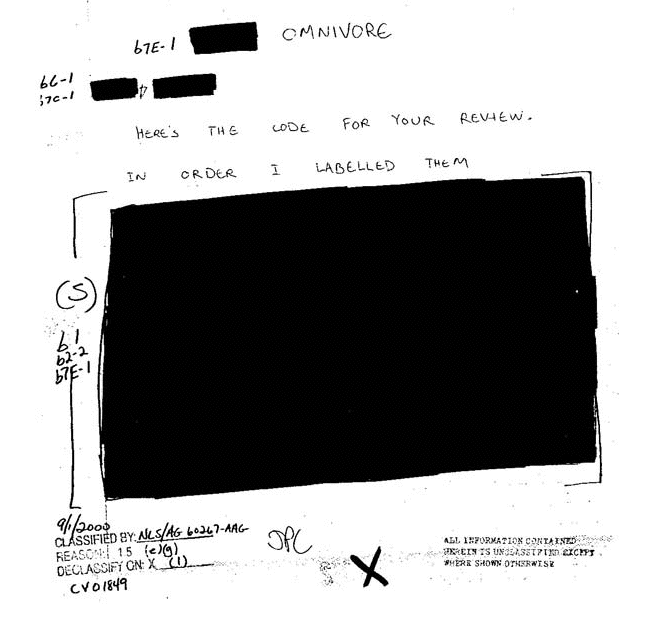A great set of pages on how to make your e-mail address hard for a spambot to harvest is, Project Honey Pot: How to Avoid Spambots. Project Honey Pot is also interesting at a higher level. They are encouraging website administrators to work with them to mount pages with fake addresses that let them track spambots.
Anti-spam efforts to this point have generally focused on the tail end of the spam cycle. In order to send out their messages, spammers must gather addresses, procure contracts, send emails, and collect money. Unfortunately, whether through filtering, authentication or enforcement, nearly every solution to this point has tried to stop spammers at virtually the last step: sending messages. Project Honey Pot is an attempt to move earlier in the spam cycle and identify the “King Pin” spammers who sit at the top of the food chain and spend their time harvesting our addresses.
The company behind this initiative, unspam.com has a great spam news ticker.

